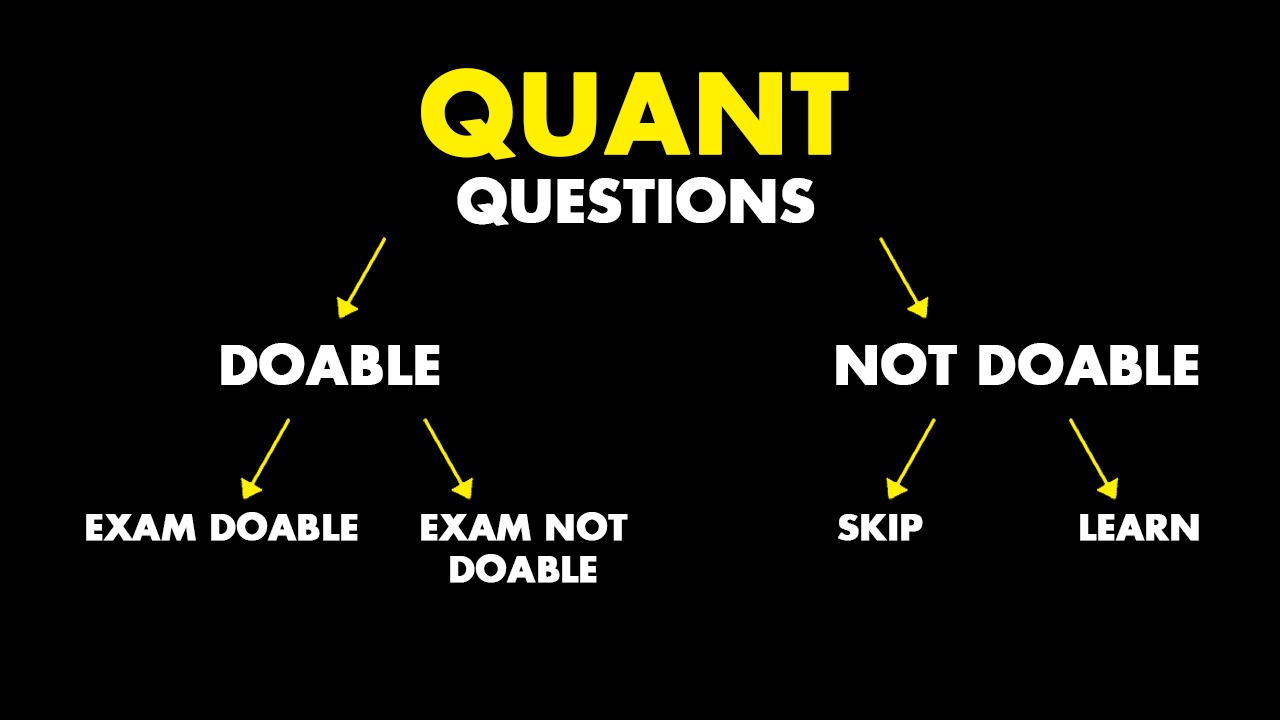- CAT Courses
- Free Video Resources & Tests
Video Resources
...
- Super 75
- CAT Past Papers
- Free Study Material
- BlogsNovember 7, 2025
Top MBA Colleges to Apply Before CAT 2025
- Results

If you’re giving mocks without a post-analysis strategy, you might be running fast in the wrong direction. Most CAT aspirants focus on attempting mocks, but few truly analyse them — and that’s where real growth lies.
So, why is mock analysis for CAT 2025 necessary?
Because it helps you pinpoint and rectify mistakes, avoid repetition in the final exam, and build a personalized strategy that maximizes your score.
👉 In this blog, we’ll walk you through how to attempt and analyse your CAT mocks — section by section — so you stop repeating mistakes and start gaining real marks.

Improving your VARC performance is less about solving more and more about finding the right strategy for you. And the only way to find that? Experimentation.
✅ Track Accuracy vs Attempts: Identify how many RC and Non-RC questions you attempted vs got correct.
⏱ Time Spent per Question: Check if you’re spending too much time on low-yield questions.
🔄 Question Order Experimentation: Note if starting with RC or Non-RC gave better results.
✍️ TITA Question Review: See if TITA attempts were wild guesses or based on logic.
🧠 Assessment based on comprehension: See if you’ve comprehended the meaning of the passage correctly and assess every explanation of the questions that you got wrong.
📈 Check Percentile vs Score: Analyse the number of questions you need to get right and what percentile it corresponds to.
Mock tests are a lab — not just to test knowledge but to test strategies. Track what worked, what didn’t, and iterate every week.

Start with sets that resemble the ones you’ve solved in practice or past mocks. These boost confidence and accuracy early in the section.
📊 Matrix-Based Sets📊Revisit again: Attempt all the DILR sets again to find better approaches. Leave the ones which were extra difficult to attempt and solve.
✅ Identify Set Selection Accuracy: Which sets did you pick first? Were they actually solvable?
❌ Drop or Persist Decisions: Note where you should’ve left a set earlier — were you stuck for 5+ minutes with no headway?
📈 Pattern Recognition Practice: Regularly revisit solved sets to reinforce pattern recognition and selection judgment.
📘 Maintain a Set Log: Note down set type, difficulty level, attempt decision, time taken, and learning from each set.
DILR is about selection + execution. Practice identifying familiar structures, avoid time traps, and become confident in dropping unproductive sets.

Many aspirants struggle not due to poor math skills but due to poor question selection and lack of time discipline.
🔁 Round Technique for QA
Maximize attempts while minimizing fatigue with this strategy:
⚠️ Avoid the Familiarity Trap
🧠 Know Your Errors: Conceptual vs Silly
🧪 Targeted Sectionals
Based on mock insights, take topic-specific mocks:
📊 SWOT Analysis of QA
Post-mock, jot down:
⏱ Ideal Time Per Question

When analysing mocks, track the pattern of your errors:
🔹 Conceptual Errors
Caused by weak understanding or forgetting formulas
→ Fix with chapter-wise revision
🔹 Silly Errors
Caused by rushing, distractions, or poor time handling
→ Fix with timed practice, mindfulness, and error logs
➡️ Action Tip : Maintain a “Mistake Tracker Sheet” – update after every mock to see recurring errors.
Mock analysis is your most powerful prep tool for CAT 2025 — if done right. Here’s how to apply this blog:
✅ After each mock:
✅ Apply section-specific strategies:
Keep this mantra in mind:
Don’t just solve. Solve smart. Reflect. Strategize. Repeat.
Are you preparing for CAT 2025?
Kickstart your CAT Journey with Quantifiers. Click here to register for a FREE DEMO.
To connect with us, for mentorship and daily test practice
DM us on Instagram or WhatsApp. We reply back 24/7. Get your CAT prep started

We at Quantifiers understand and deliver on the personal attention each of our students requires. Whether it is through our pedagogy that enables non-engineers or non-math background students, our constant effort to proactively provide solutions, or our focus on our student’s goals.